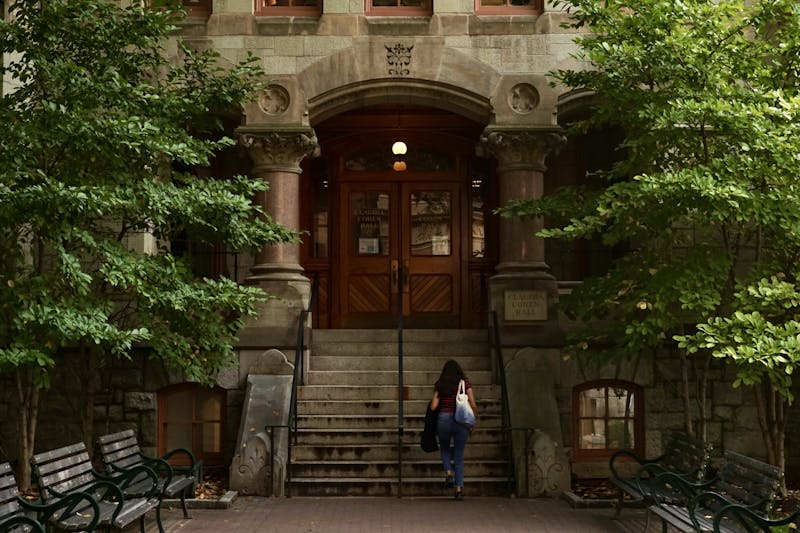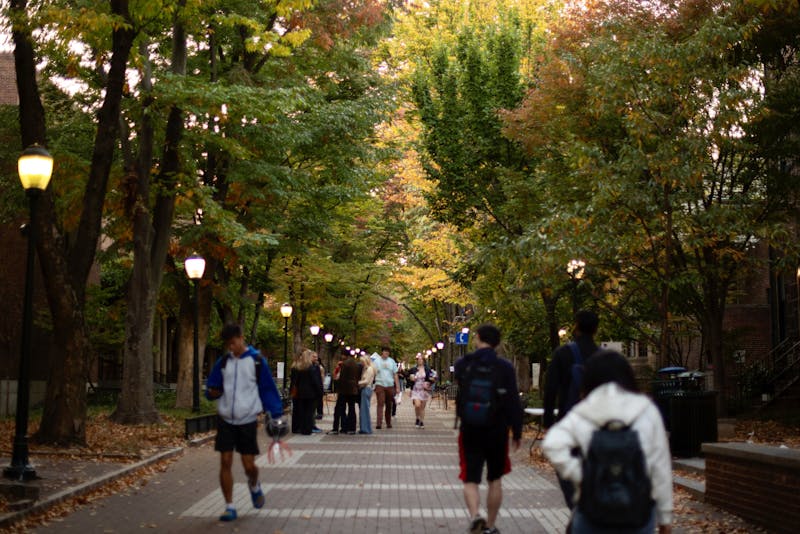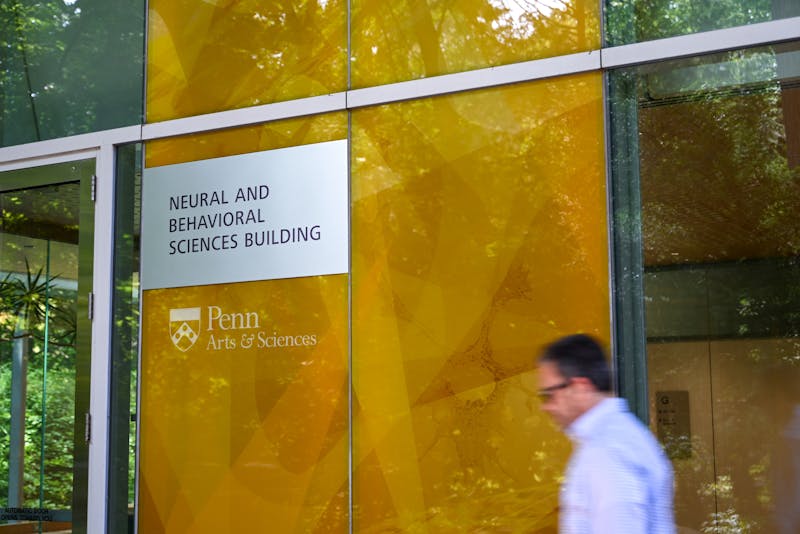When Penn officials broke ground on Skirkanich Hall in October 2003, they claimed they were making a strong statement about the architectural vision for Penn's School of Engineering and Applied Sciences.
And now, with the planning phase underway for the Singh Center for Nanotechnology - which will be built at 32nd and Walnut streets as part of the Penn Connects eastward expansion project - that vision is being realized.
Like Skirkanich, the Nanotechnology Center will be marked by sleek modern designs that will convey "sophistication and excitement," University Architect David Hollenberg said.
"This building needs to be a gateway to campus," Hollenberg said, noting that architecture for nanotechnological research requires complex and well-reasoned planning that is best served by a cutting-edge design.
"The overriding design guideline for us right now," he said, is to bring to Penn "the best contemporary architecture we can."
Some students say these modern designs correspond well with the school's purpose.
"Engineering is a modern thing," Engineering freshman Chan Yong Sim said. "It needs modern buildings."
The designs for Skirkanich - which were completed in fall 2006 - and the Nanotechnology Center mark a departure from the historic English Classical aesthetic at the Engineering School's Towne and Moore Buildings.
But the fragile balance between old and new buildings on campus makes any planning project "a very careful one," Hollenberg said.
According to some, buildings like Skirkanich can appear showy in the context of the more subtle older designs of the Moore Building, which opened in 1912, and the nearby Towne Building, which opened in 1906 and was designed by the renowned architectural firm Cope and Stewardson.
Raymond Ko, an Engineering sophomore, said he prefers spending time in those buildings. rather than Skirkanich, which he calls "too yellow," referring to the building's large stone slabs and neon-stained bricks.
Though those older buildings are expected to remain durable for many years to come, buildings like Levine Hall - whose famous five-story glass and steel facade was completed in 2003 - are quickly becoming the Engineering School's spacious central hubs.
For that reason, and for their innovative and glass-heavy designs, both Levine and Skirkanich have been featured in the national Architectural Record magazine.
"I think Skirkanich has captured the attention of many members of the University community," Hollenberg said. "We're very conscious of the enthusiasm a good design can bring to campus."
University officials are currently selecting the architect for the Nanotechnology Center. The project's cost is estimated at $80 million.
The Daily Pennsylvanian is an independent, student-run newspaper. Please consider making a donation to support the coverage that shapes the University. Your generosity ensures a future of strong journalism at Penn.
DonatePlease note All comments are eligible for publication in The Daily Pennsylvanian.







